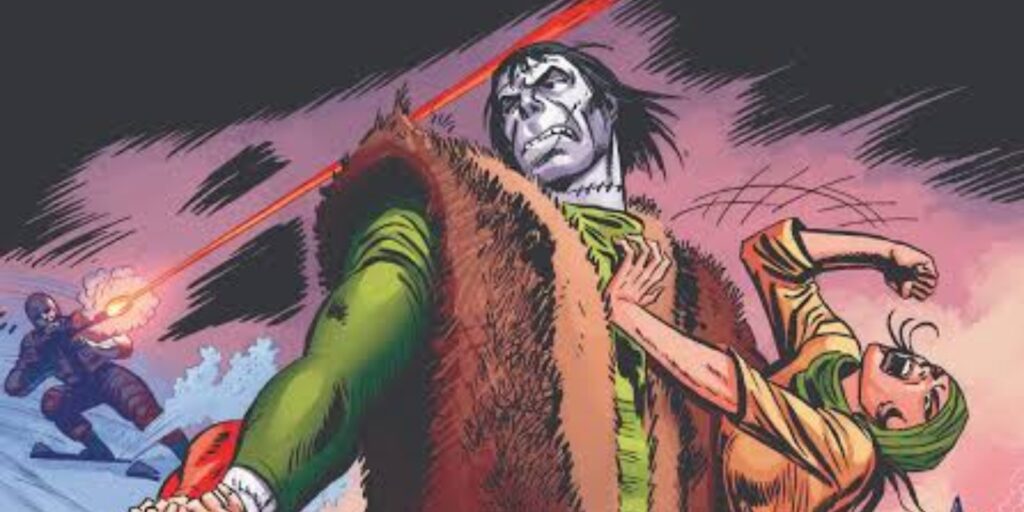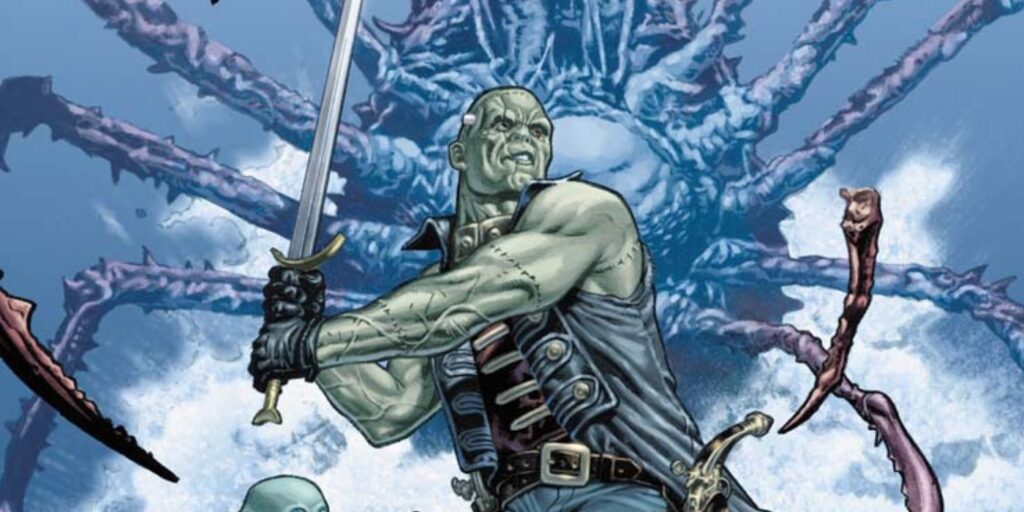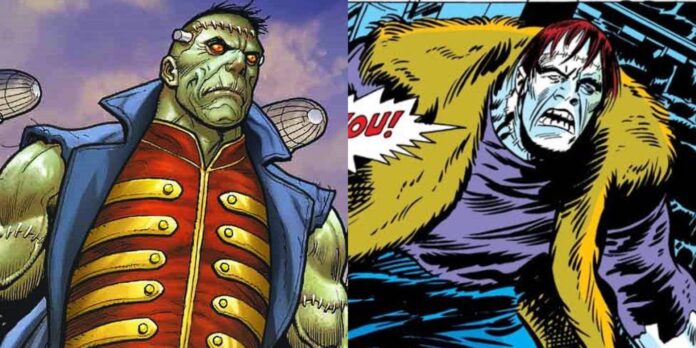Frankenstein’s monster has walked through nearly every form of storytelling since Mary Shelley first imagined him in 1818. The creature has been reinterpreted a thousand times in horror movies, stage productions, and animated parodies. However, only a few are as interesting as the ones in superhero comics.
Both Marvel and DC have interpreted the legendary monster into their worlds and transformed him from a gothic figure of tragedy into a player on the cosmic and mystical stage. But when examined closely, the two interpretations are not on the same level. Frankenstein by Marvel is a powerful exception to the monster and hero genre. Whereas the DC version becomes much more complex, emotional, and deeply embedded in its own universe.
Marvel’s Frankenstein Is A Misfit Monster Searching For Purpose

Frankenstein, aka Adam, starts in Marvel in a similar manner to the original creature in the novel. He is a sadistic creature made of dead bodies and deserted by the creator. This version is full of loneliness and rage that resonates with his literary roots. However, Marvel, which has made monsters a part of superheroic battles, introduces Adam to the broader universe of costumed heroes.
Related: How DCU’s New Beginnings Make It A More Consistent Universe Than MCU
Adam wakes up in the modern world after a violent confrontation with Dracula in the 19th century, which destroys his vocal cords and freezes him. This provides him with a feeling of displacement that many Marvel characters, including Captain America and the Winter Soldier, have. This Frankenstein doesn’t know how he can fit into a world that has passed on without him.
He makes friends with the mythical monster-hunter Ulysses Bloodstone and subsequently assists in mentoring the daughter of Bloodstone, Elsa. He forms improbable partnerships, including the eccentric Fearsome Four, to fight supernatural evil. Additionally, he even runs over Spider-Man, the X-Men, and other Marvel heroes. On an emotional level, the Frankenstein in Marvel’s book bears a heavy burden: he hates the lineage of his creator.
His quest to erase the Frankenstein family, culminating in a clash with modern-day descendant Maximillian Frankenstein, offers a raw, tragic thread about identity, trauma, and the scars of one’s origins. Despite these glimpses of profundity, Frankenstein never seems to be a central character in the universe. He comes out in monster-focused arcs and then disappears back into the shadows. He’s interesting, yes, but he lives on the margins, not in the heart of the narrative.
Why DC’s Frankenstein Has More Depth Than Marvel’s Version

DC’s interpretation takes a radically different approach, and that difference is why it stands out so strongly. Although the earliest incarnations of DC’s Frankenstein were more conventional, as he was a monster who was getting punched by heroes, all this changed with the Post-Crisis reboot. DC redefined Frankenstein as a fully aware, eloquent, and hot-blooded warrior who fought a secret supernatural group called S.H.A.D.E.
In case you missed it: DC Vs Marvel: Who Has The Scariest Vampires?
This one creative reinvention made Frankenstein not a horror icon, but a mythic hero with unexpected emotional depth. This Frankenstein does not just walk around aimlessly. Being a representative of S.H.A.D.E., he is relied upon to fight supernatural dangers, head field missions, and confront horrors that even the Justice League is afraid to confront. He is not only a monster who lives in the world, but a defender of it.
His Relationships Are Human and Complex. One of the most striking aspects is his relationship with the Bride, fierce, intelligent, and as immortal as he is. Their dynamic swings between heartfelt, humorous, and heartbreaking. The tragedy of their corrupted “son,” whom Frankenstein is forced to kill, adds real emotional gravity to his story. It’s something that Marvel’s version can hardly do with the same emotional weight.





